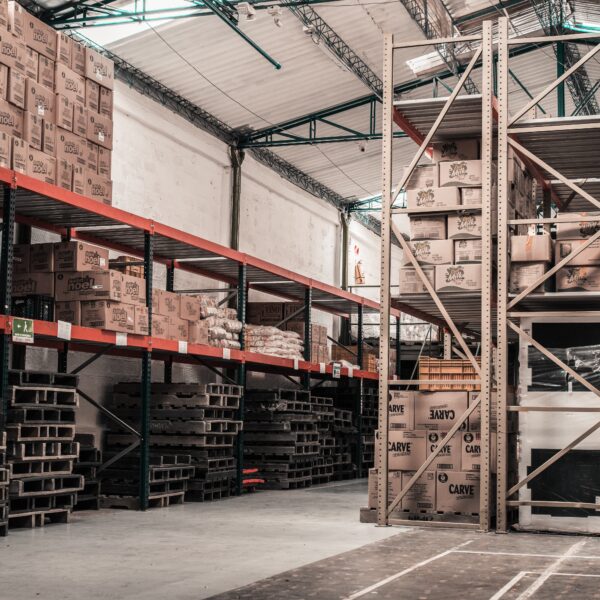So much goes into managing a warehouse. You have to think about your clients, staff, inventory, storage of products, and any machinery and equipment you might have. Here are a few tips to help you manage your warehouse and keep it running effectively.
Legal Requirements
Being a warehouse owner, there are a lot of legal requirements that you should be aware of and stick to.
It’s your duty to make sure that your warehouse is covered by the correct insurance. You need to know what kinds of insurance you’ll need, for example, liability, theft, contents, legal protection, and personal accident insurance. There are some kinds of warehouse insurance that will cover all of these things, but you need to look at each of them carefully before deciding on which one you will go for.
Make sure all documents are signed by the appropriate and relevant parties. If you need a notary to authenticate any company documents, click here. Mishandling documents can cause a lot of trouble, so make sure that they are filled out properly and filed away correctly.
You need to know what permits you need to have, understand what your responsibilities are as a warehouseman, take precautionary measures and install any security equipment and gear, and check that the warehouse is weatherproof and fit for storage.
You should also be enforcing health and safety regulations, which brings me to my next point…
Health and Safety Regulations
Keeping your staff safe and providing them with a safe environment to work in should be your number one priority. Try to eliminate all risk to ensure all operations run smoothly.
You need to provide your staff with training before they start. If they can’t do their jobs correctly, they could injure themselves and others. You should also make sure staff have the appropriate gear, such as steel toe cap anti-slip shoes, high visibility jackets, hearing protection, eye protection, and hard hats.
You should periodically carry out a fire risk assessment to make sure everything is up to date and to reduce the risk of anything going wrong should an actual fire occur.
Make sure you have the appropriate signs to warn workers about dangers and risks, for example, reminding forklift drivers to stay under 5 mph, wet floor signs, safety helmet reminders, fire exit signs, hazard signs, and signs to inform them about any potentially dangerous products or machinery.
Another simple way to maintain safety in your warehouse is to make sure it is cleaned and kept tidy.
Staffing
Depending on the size of the warehouse, you’ll need a certain number of staff to keep it running. These people are an integral part of your warehouse. They’re like cogs in a machine; without them, it doesn’t work.
Your staff need a positive working environment. Provide your workers with rewards and incentives for their hard work and give them the opportunity to make suggestions to improve their working environment.
Make sure your staff are supervised to maximise productivity and efficiency, and to make sure everything is organised. Overworking your staff or trying to operate your warehouse with a small number of staff to cut costs will inevitably cause accidents and make your employees unhappy with their unreasonable workload.
Quality Control
Quality is very important in a warehouse. It can reduce any costly errors, ensure more accuracy, decrease the number of complaints, and prevent damage to your reputation.
Employees should count inventory to check that everything is as it should be. Keeping this up regularly will help you keep track of quality. That way, employees can report broken items, missing parts, and misplaced objects. You should also use scales like the ones at https://www.johnsonscale.com/product-category/scales-balances/ for check weighing and parts counting for better accuracy.
Inspections should be made prior to, during, and after certain processes. For example, if you provide etching services, the machine should be inspected before production to make sure it is working properly and the materials should also be inspected, the process should be supervised at all times, and the finished product should then be examined for quality before shipping. Keeping a thorough record of all shipping orders will help you identify where any errors may be coming from and you can then proceed to fix the problem.
Image Credits: icondigital




Like this article? Share with your friends!